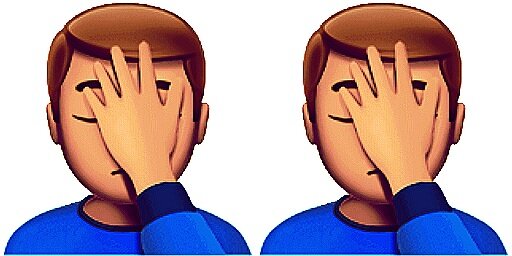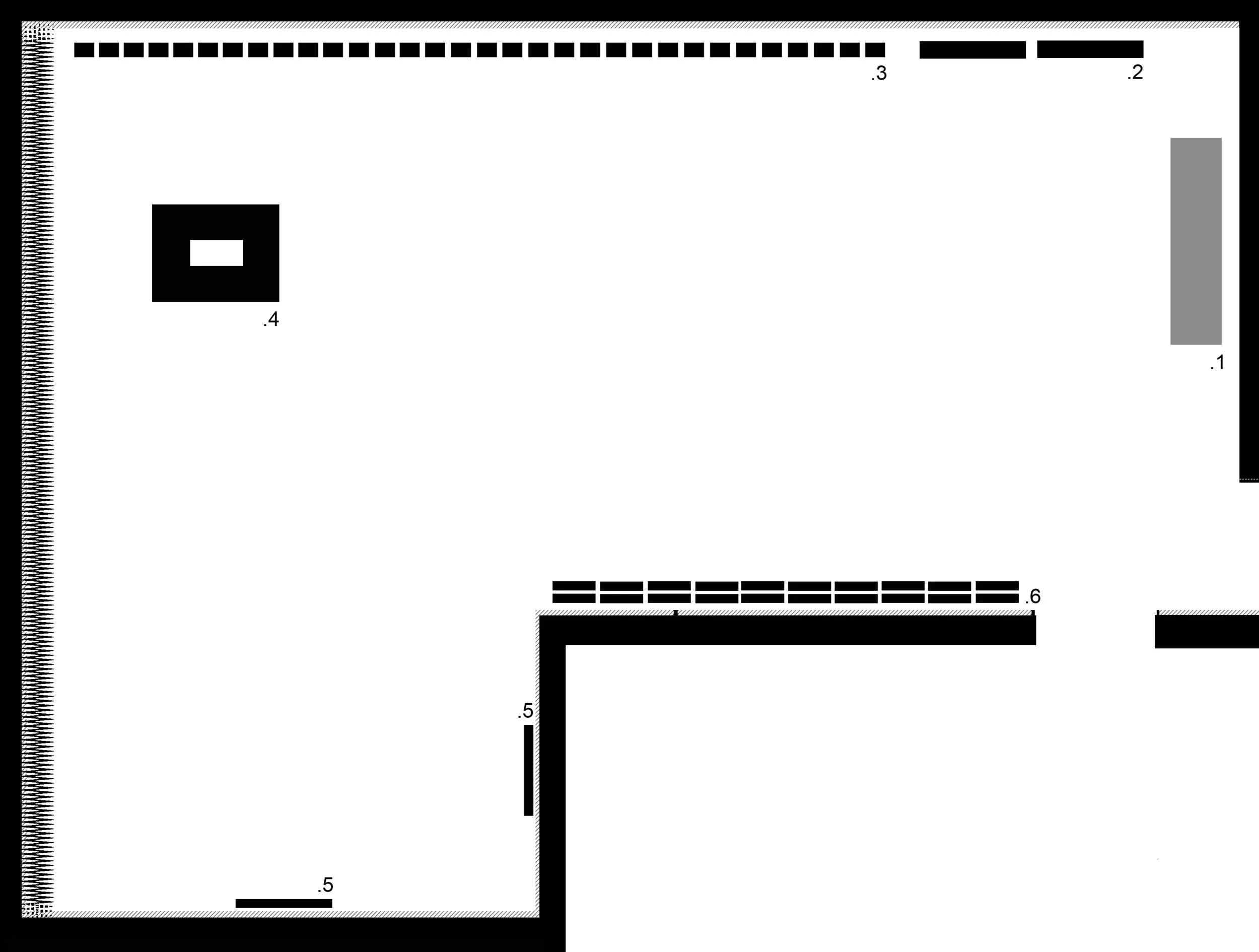I want you to know that I am hiding something from you
14 September - 4 November 2018
Helena Anrather, New York
Helena Anrather is proud to present I want you to know that I am hiding something from you, a solo exhibition by Mahmoud Khaled exploring the often uneasy overlap of public and private life, an intersection established through continuous negotiations of power, desire, and memory. Khaled hails from Alexandria, Egypt, and this is the first time his work is being shown in the United States.
Taking its title from a passage in Roland Barthe’s ‘A Lover’s Discourse,’ the exhibition offers a similar assemblage of fragments to suggest an inevitably incomplete point of view, probing the boundaries between what is visible and what is hidden, what is real and what is staged. The works in the exhibition span the last decade of the artist’s practice, often using familiar objects to evoke the fragility of memory and the gap between desire and reality. In “Do You Have Work Tomorrow” (created in 2012 and exhibited in the 2016 Electronic Superhighway exhibition at the Whitechapel Gallery) thirty-two screenshots of a furtive Grindr conversation between two men in Cairo capture the nature of desire—ephemeral yet perennial, both cautious and reckless—as it manifests against a backdrop of a turbulent and perpetually shifting city. As the conversation unfolds, it reveals a suggestive inversion of state surveillance, where the act of looking at and tracking others in public space becomes about the possibility of consummating desire (exercising freedoms) rather than the assertion of control.
Khaled’s multidisciplinary practice, mixing photography and video with sculptural forms and architectural interventions, investigates how architecture and public space shapes the imagination and frames collective ideas of history and political narratives. His work has been indelibly shaped by the tumultuous social and political dynamics of Egyptian society as well as a conviction that the specificity of his experience has universal implications that can, indeed must, speak to other people in other contexts, subtending apparent otherness. For example, in this exhibition Khaled materializes a public bench in the space of the gallery, offering a vantage point to contemplate a series of photographs of public spaces in Cairo from 2008, looking at the past through the emotional and political filter of the last decade. He tailors the architecture of the gallery itself to underscore this mediation, rendering it the last element in a series of temporal, architectural, and geographic dislocations. Taken together, his work serves as formal and philosophical ruminations on art and architecture as forms of political activism, presenting objects of desire and spaces for critical reflection.
1. As if you weren't in your own home, 2008-2018
Concrete bench, wall paint, iPhone, 176 images and 18 sentences, dimensions variable
A public bench rests before a faux marble wall, offering a vantage point from which to contemplate a series of photographs of public spaces in Cairo from 2008 viewed on an iPhone left sitting on the bench. Reconceiving this work by the same name from 2008, this installation looks at the past through the emotional and political filter of the last decade, incorporating the architecture of the gallery itself to underscore this mediation and rendering it the last element in a series of temporal, architectural, and geographic dislocations that recontextualize the concerns of the original images.
2. Still Life (Notes on Justice), 2016
Archival inkjet, mounted on Dibond, 100 cm X 67 cm each
Meditations on still life photography as a genre, and its potential to present infinite possibilities for artistic compositions of disparate sources and material. Pinned against a chroma blue, the work is an objectification of a mass of research material that the artist was compelled to freeze in its current moment of mapped-out associations.
3. Do You Have Work Tomorrow? 2013
Series of 32 screen shots of a staged conversation on an iPhone, transformed into Black and White photographs developed in a dark room.
Thirty-two screenshots of a staged Grindr conversation between two men in Cairo ponder the nature of desire as it manifests against a backdrop of a turbulent and perpetually shifting city. Khaled captures this dialogue through black and white photographs developed in a dark room, a process – of recalling the historical technique of traditional photography –which re-positions the conversation between these two individuals to a space that is both spatially and temporally non-located.
4. Proposal for a Romantic Sculpture, 2012
Video embedded in sculptural form, Video: 5 min. loop on iPod, specially commissioned tattoo of song title ‘ne me quitte pas‘ by Jacques Brel. Sculptural Form: 29 cm X 29 cm X 100 cm, Marble and Wood
A tattoo inscribed on a man’s back asking a lover not to leave-- ne me quitte pas. The permanence of the tattoo is as ephemeral as the body it adorns, an echo of the vulnerability implicit in the phrase. Presented on an iPod, the video -- and sentiment -- gain weight and material presence when embedded in a minimalist sculpture of marble and wood, memorializing and confounding the inevitability of decay, love and loss.
5. Objects from the collection of The Unknown Crying Man House Museum, 2017
Created by the artist as a commission for the 2017 Istanbul Biennial, the fictional museum was conceived as a refuge for a particular individual who became a symbol in the Egyptian media after he attended a gay party that was raided by the police, an event that was remembered for several generations as an expression of forced exposure, suffering and concealment as homosexuals continue to be persecuted. The museum imagines the biographical details of this man through his diaries, his furniture, and the objects he left behind, including these two photographs.
6. Splashed Memory of a night Out, 2010 - 2018
A series of 20 images transformed into Black and White photographs developed in a dark room. 24 X 30cm each.
Made for the occasion of this exhibition, the images are of a night the artist doesn’t remember from his first trip to the city. After further research, he realized that they were captured at Splash, an iconic New York city gay club that opened in September 1991 and closed in 2013, a casualty of the gentrification of Chelsea and the rise of dating apps. Resonating technically with Do You Have Work Tomorrow, the prints float in a timeless place, memorializing the loss of a collective stage.
Press coverage:
THE NEW YORK TIMES, Will Heinrich
“Nearly every photography exhibit involves framed images hung around the walls of an otherwise empty room. But that emptiness has never felt as melancholy to me as it did when I walked into the Egyptian artist Mahmoud Khaled’s debut American show, “I Want You to Know That I Am Hiding Something From You,” at Helena Anrather.
It’s not that his work can’t hold the space, or that there isn’t enough of it. The show includes small photo and video installations as well as conventional prints, and Mr. Khaled fits more of them into a modest gallery than you’d think possible. In all of them he exhibits both a keen eye and a talent for using obsolescent technology to evoke a kind of nostalgia for the passing moment — a wistful inability to be fully present in one’s own unfolding life.”
————————————————————
BOOMB MAGAZINE, Kaitlyn A. Kramer
“In Khaled’s photographs, this secret blue does not hide. Instead, it illuminates as a backdrop for the objects and images he collected during a season of research. Collectively titled Still Life (Notes on Justice) (2016), the pair of photographs extol process as subject, rather than the invisible means to a tidy end. Crystal and ceramic ashtrays, vases knocked over and filled with wilting flowers, iPads paused at scenes in Douglas Sirk’s Magnificent Obsession (1954), a nondescript teapot, a menagerie of prints featuring modernist buildings in Alexandria, Egypt—all of these elements are compiled in arrangements that feel messy but deliberate. They embody the lawless space of research where nonsense coalesces before it becomes whatever it’s supposed to be. Khaled captions some of his objects with explanatory texts that describe the images yet never reveal their purpose, like private notes for the artist to return to, while leaving the viewer in wait. The process of researching is intimate, even embarrassing, and is often concealed behind the screen of carefully developed work, and for good reason (rereading an entire book can sometimes feel like a prerequisite for writing a single sentence). With Still Life, Khaled forms riddles that bind his interior passions to the images he offers to the world—little mysteries that reveal a desire for sympathy, but are hidden. “To hide a passion totally … is inconceivable,” writes Roland Barthes, “not because the human subject is too weak, but because passion is in essence made to be seen: I want you to know that I am hiding something from you.”
————————————————————
“A similar forbidden desire seeps out of Splashed Memory of a Night Out (2010–2018), a series of twenty framed photographs developed with the same technique used in Do You Have Work Tomorrow, and hanging on the opposite wall. The images depict male erotic dancers, muscular as they come, at various stages of a show. This time, developing the images in black-and-white was an attempt to render the photos timeless. As the exhibition guide reveals, the images were taken during a night at Splash, and commemorate both the now-defunct gay club, which the artist visited during his first trip to New York City in 2013, and a night that the artist has trouble remembering. Would these images carry the same—or any—meaning without the addition of a cathartic confession of how black-out drunk he was that night, or without the knowledge that these were taken on his first visit to New York?”
————————————————————
THE NEW YORKER, — Andrea K. Scott
“The first show in the U.S. by this Egyptian artist is an epigrammatic decade-long survey, as concise as it is memorable. Dove-gray walls and a red velvet curtain set a melodramatic tone for the six works, one video (of a man being tattooed with the Jacques Brel lyric “Ne me quitte pas”) and five groups of photographs (one series is viewed by scrolling an iPhone, a cannily intimate touch). “
————————————————————





















